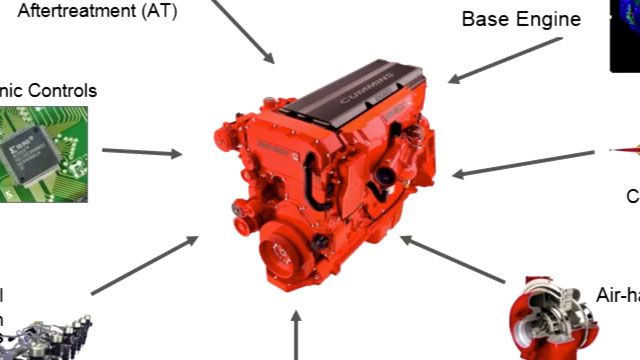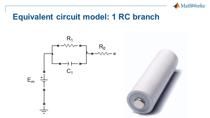System and Software Development and Safety Analysis for Digital Product Development
Sharath SL, Bosch Global Software Technologies
The automotive industry has seen major changes in the span of just over a century. We are experiencing an exciting digital transformation. The need for new product development methodology, processes, tools, and architecture is amplified by trends such as electromobility, automated driving, and modern mobility services. For such applications, software is essential. Future vehicles will be distinguished by software and digital features that can be updated on an ongoing basis rather than classic characteristics such as engine displacement.
Our priority is to adopt well-defined processes, methods, and tools for digital product development by bringing in agility and predictability to key challenges:
- Defining the digital blueprint for the systems upfront during product development
- Adopting an MBSE approach in a holistic way
- Synchronizing system architecture and software architecture
- Creating traceability across the life cycle
- Adhering to various standards like APSICE and ISO 26262
- Performing model-based safety analysis
- Improving code quality
- Reducing design effort and communication overhead<
- Adopting systems engineering methodology to provide a structured approach to solving complex engineering challenges
- Using tools from MathWorks like System Composer™ to define digital blueprints for our engineering systems
- Verifying dynamic behavior of our systems using MATLAB® and Simulink® during early stages of our development life cycle via modeling and simulation techniques
- Generating production code from models to improve efficiency and quality
- Achieving traceability easily between system and other multidisciplinary elements (software, hardware, and mechanical), eliminating manual traceability and improving new features like suspect linking
- Reducing overall development time by 30–40%.
Published: 30 May 2022




